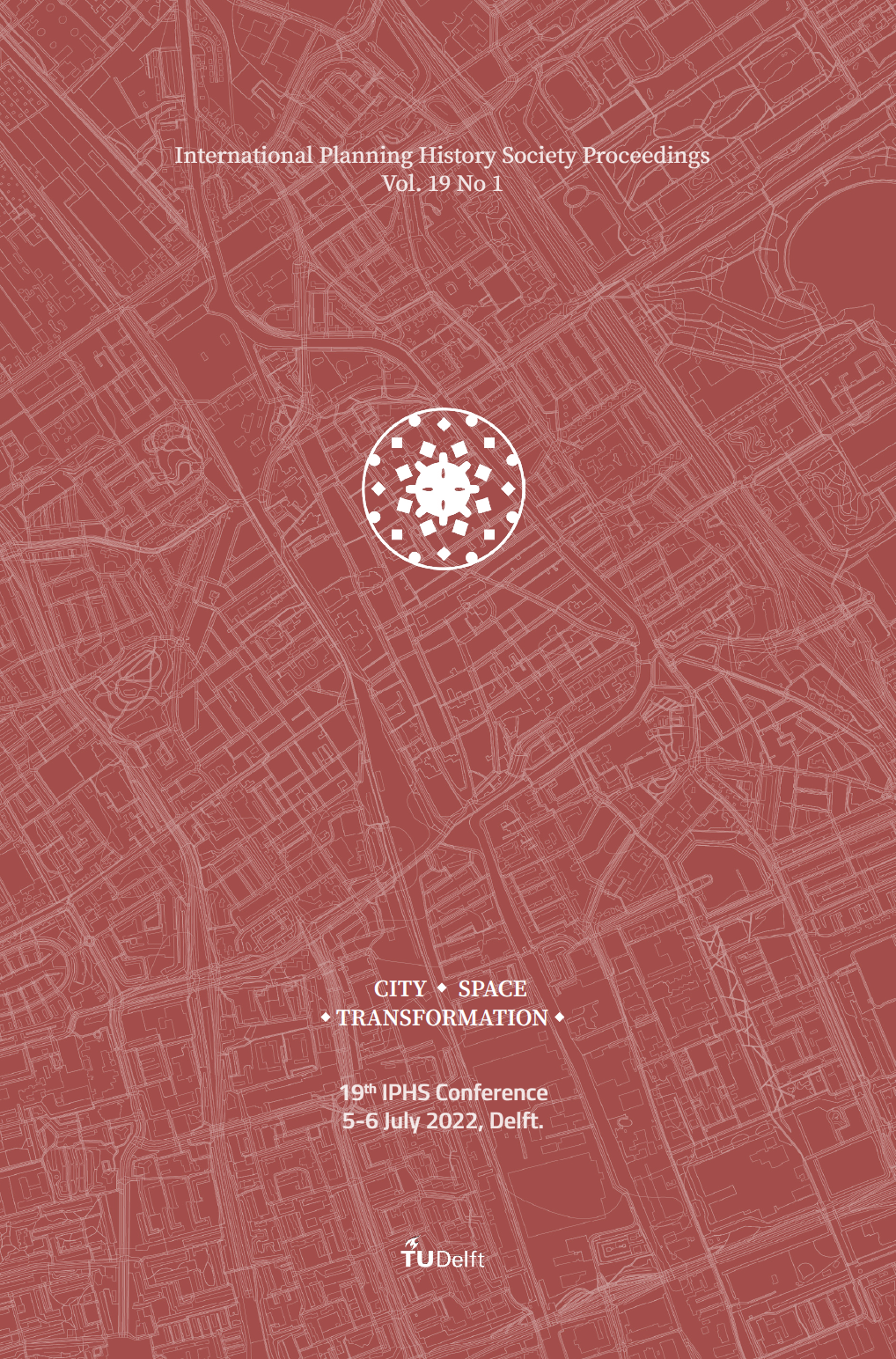The Formation Process and Changes in Patients’ Housing in Nagashima-Aiseien, the First National Sanatorium in Japan
DOI:
https://doi.org/10.7480/iphs.2022.1.6478Abstract
Hansen’s disease sanatoria were constructed worldwide from the 19th century to the beginning of the 20th century. In Japan, 13 national sanatoria still exist. Although these facilities are still regarded as Hansen’s disease sanatoria, their function has shifted from being a treatment facility to being a nursing facility for elderly people without a family or hometown. Hansen's disease is a chronic infection characterized by a wide range of symptoms depending on the progress of the disease. People with mild symptoms can live their daily lives, while other patients need help due to blindness or paralysis of the hands and feet. Additionally, the age of onset varies from children to adults. Through these facilities, people could live most of their daily lives without having to rely on the world outside of the sanatorium. A sanatorium was like a village where patients of different ages and with various symptoms lived together. This study examined the process of transition from the "villages" for isolated patients to the final abode of the elderly in terms of the formation process of patient housing.
Downloads
Published
How to Cite
Issue
Section
License
Copyright (c) 2022 Minjeong Park, Toshio Otsuki

This work is licensed under a Creative Commons Attribution 4.0 International License.

